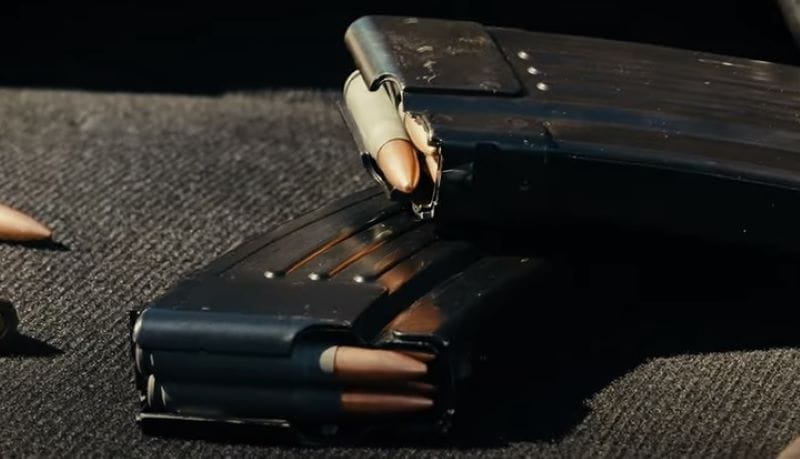Aftermarket magazines can be hit or miss in the reliability department, depending on the type of magazine and the condition of the firearm you are using. And the lower the retail price the lower the expectations. But KCI has been producing magazines for popular firearms since 1984 and, unlike some other unmentioned brands, KCI magazines have a reputation for reliability despite the numbers on the sticker. Jeremy Stone of GMW recently put several KCI mags through their paces to see how they held up.

The Product
KCI has been making magazines in South Korea for decades, but the firm has since brought manufacturing work to the United States. This overview concerns KCI USA magazines that are, by far, the most common kind manufactured by KCI and what is most encountered in the wild. These include magazines for the AR-15, AK, MP5, and Glock 17.

The AR-15 magazine looks scarcely different from a 30-round Magpul PMAG with a translucent window for keeping a round count. The 30 and 40-round AK magazines are stamped steel and look indistinguishable from Com-Bloc magazines. These magazines have a Cation Electrodeposition coating for better corrosion resistance, compared to military issue. The 30-round MP5 magazine has the same coating and similar stamped steel construction. Like all the others, the KCI Glock 17 magazines are clones of genuine polymer Glock magazines. Jeremy took along both 17-round flush-fit and 33-round extended magazines.
On The Range
Jeremy arrived at the range with fully loaded mags and enough full-auto firepower to test KCI’s lifetime warranty. At the firing line, he proceeded to fire a few rounds through each platform to ensure normal function before firing the remainder of the magazine in full action to ensure that the magazine springs could keep up with the rate of fire.

First, he tested the KCI AR magazine through his PWS rifle in 5.56 NATO. It performed without issue. He next ran the 30 and 40-round magazine through two AK variants in 7.62×39. These cycled perfectly, although his first rifle had several light strikes on the 122-grain steel-cased TulAmmo ammunition. This was the fault of TulAmmo’s notoriously hard primers, rather than the magazines.
Next, Jeremy ran several magazines through his MP5 clone. This little 9mm PCC ran like a sewing machine until the last magazine, where one round failed to eject. The bolt closed before the empty case was clear of the ejection port, likely the result of grit and debris under the extractor or an underpowered round than the magazine.
Lastly, the KCI Glock mags were run through a full-auto Glock 17. There were no issues.
The Bottom Line
Judging by Jeremy’s experience and the copious number of reviews across KCI’s products across the GMW catalog, KCI mags are exceptional aftermarket magazines. Depending on what make and model of rifle or handgun you are shopping to accessorize, KCI magazines can be had for 1/3 less than factory options. But will it be just as serviceable? While it is good practice to rely on factory magazines for the most serious use, KCI seems to be a good runner-up option. A definitive test between the two would ideally be a long-term test where both options are used on a continual basis. But a lot can be said for KCI, whose magazines perform well out of the box while others continually fail to meet that benchmark.

